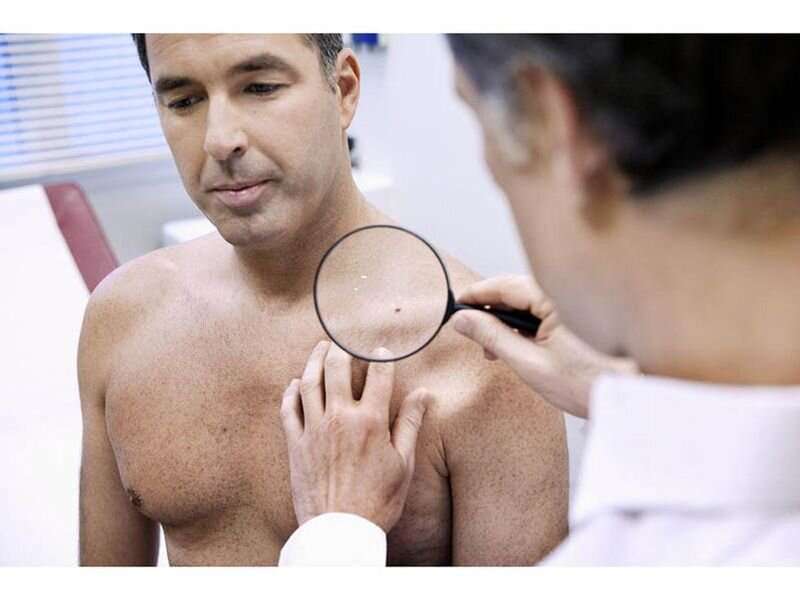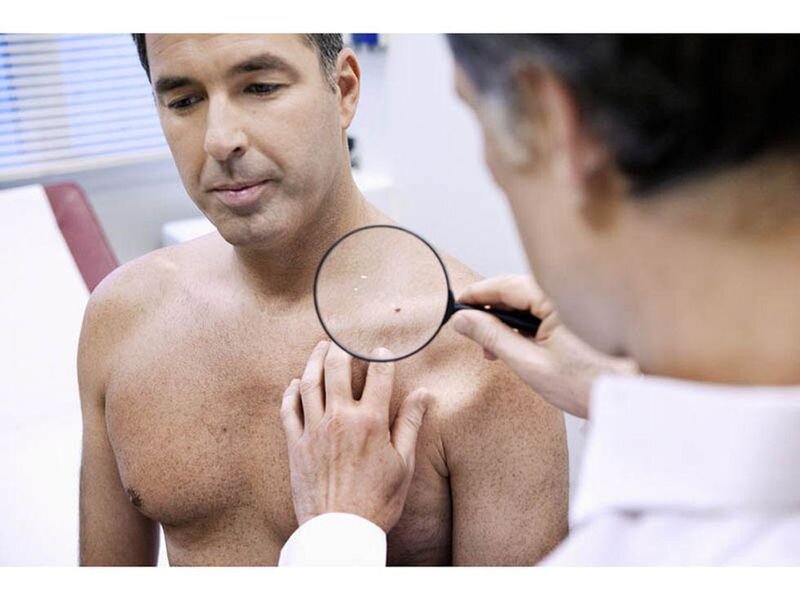
Primary care-based melanoma screening is associated with increased detection of thin melanomas, according to a study published online April 6 in JAMA Dermatology.
Martha Matsumoto, M.D., from the University of Pittsburgh School of Medicine, and colleagues conducted an observational study of a quality improvement initiative from Jan. 1, 2014, through Dec. 31, 2018, among patients aged 35 years and older presenting for a primary care visit. Primary care clinicians were offered training in melanoma identification through skin examination and were encouraged to offer annual screening to patients.
The researchers found that 24.3 percent of the 595,799 screen-eligible patients were screened at least once. Screened patients were older (median age, 59 versus 55 years) and were more likely to be female and non-Hispanic White than unscreened patients. Compared with unscreened patients, screened patients were more likely to be diagnosed with in situ or thin invasive melanomas (hazard ratios, 2.6 and 1.8, respectively) after adjustment for age, sex, and race, and were more likely to be diagnosed with in situ or thin invasive interval melanomas (diagnosed at least 60 days after initial screening examination; hazard ratios, 2.1 and 1.3, respectively). The incidence of melanoma thicker than 4 mm did not differ significantly for unscreened and screened patients for all melanomas or interval melanomas.
“The significant increase in melanoma incidence in the United States, particularly thin melanoma, without a concomitant decrease in melanoma mortality, raises the concern that early detection efforts, such as visual skin screening, may result in overdiagnosis,” the authors write.
Source: Read Full Article



